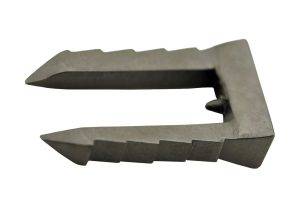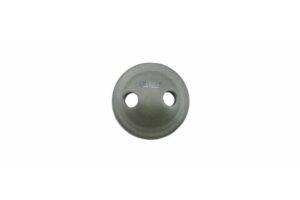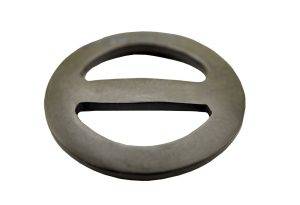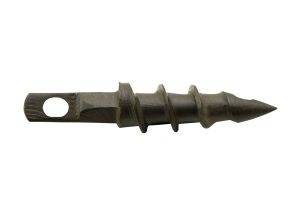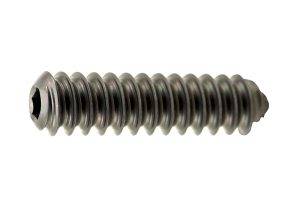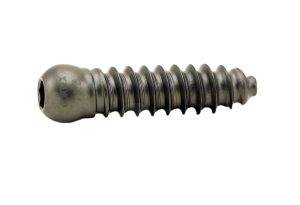Orthopedic Implants
Arthroscopic Implants
Arthroscopic implants are specialized medical devices used in arthroscopic surgery which involves making small incisions in the skin for inserting a thin, flexible tube called an arthroscope into the joint. Arthroscope is equipped with a camera allowing the surgeon to view the joint on a monitor and treat joint-related conditions such as ruptured joints, internal tissue damage such as torn ligaments, cartilage, & tendons, bone grafting.
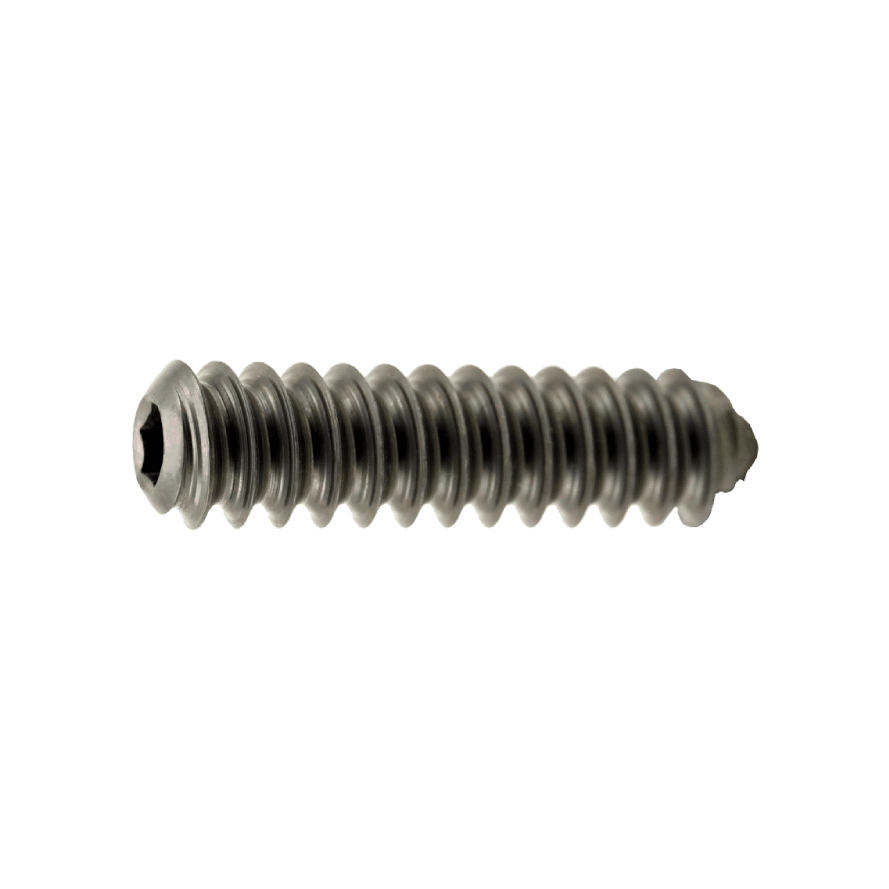
Frequently Asked Questions
These orthopedic implants are typically made of biocompatible materials such as metals or polymers e.g surgical steel, titanium. Titanium is widely used material for manufacturing orthopedic implants due to its high strength and low weight. Some arthroscopic implants are made of biodegradable materials such as bioabsorbable polymers, which break down into smaller fragments that can be metabolized and eliminated by the body’s natural processes. Biodegradable arthroscopic implants offer the advantage of avoiding the need for a second surgery to remove the implant once the healing process is complete.
Arthroscopic implants are primarily employed in arthroscopic procedures, which involve the use of an arthroscope (a small, flexible camera) inserted into the joint through a small incision. Some common applications of arthroscopic implants include:
- Repairing Ligaments and Tendons: Arthroscopic implants, such as anchors and suture devices, are used to repair or reattach torn ligaments or tendons. They provide stability and promote proper healing of the injured tissues.
- Treating Meniscal Tears: Meniscal implants are utilized in cases where a damaged or torn meniscus (cartilage in the knee joint) needs repair or replacement. These implants can help restore proper joint function and alleviate pain.
- Joint Stabilization: Arthroscopic implants like labral anchors or capsulolabral reconstruction systems are used to stabilize joints, particularly in cases of shoulder instability or hip labral tears.
- Cartilage Repair and Regeneration: Arthroscopic implants can be used to support the repair and regeneration of damaged or diseased cartilage in joints. These implants may include scaffolds, matrices, or cells designed to promote cartilage healing.
- Osteochondral Defects: Arthroscopic implants are used to treat defects or injuries involving both articular cartilage and underlying bone. These implants help restore joint surface integrity and function.
- Joint Replacement: Some arthroscopic procedures involve the insertion of joint prostheses, such as partial or total joint replacements. These implants are used to replace damaged or diseased joint surfaces and restore joint function.
- Fracture Fixation: Arthroscopic implants, such as bone staples or screws, may be used to stabilize and fixate fractures within a joint.
Arthroscopic implants can be utilized for the repair of torn ligaments, cartilage and tendons of knee, hip, spine, foot & ankle, shoulder & elbow arthroscopy, and other joints.
There are many types of arthroscopic implants available, each designed for specific applications and joint procedures. The specific types and designs of arthroscopic implants can vary depending on the joint being treated and the surgeon’s preference. Here are a few examples of arthroscopic implants commonly used in orthopedic surgery:
- Anchors: These are small devices used to secure soft tissues, such as ligaments or tendons, to bone. Anchors can be inserted through arthroscopic portals and provide stability to the repaired tissue.
- Suture devices: Suture anchors and suturing instruments are used to repair or reattach torn or damaged tissues within the joint. They allow the surgeon to perform precise suturing techniques arthroscopically.
- Meniscal implants: Menisci are cartilage structures in the knee joint that can be damaged or torn. Meniscal implants are used to replace or repair damaged meniscal tissue, promoting joint stability and reducing pain.
- Joint prostheses: In some cases, arthroscopic surgery may involve the insertion of joint prostheses, such as partial or total joint replacements. These implants are used to replace damaged or diseased joint surfaces and restore joint function.
- Osteochondral implants: These implants are used to treat defects or injuries to the articular cartilage and underlying bone. They provide support and promote the regeneration of healthy tissue.
Arthroscopic implants offer several advantages in the field of orthopedic surgery. These orthopedic implants enable targeted treatment of specific joint structures such as damaged ligaments, tendons, cartilage or bone structures. Arthroscopic procedures using these implants are minimally invasive compared to traditional open surgeries. They involve smaller incisions hence less trauma to surrounding tissues and structures as compared to open surgeries; less post-operative pain & discomfort; reduced scarring & risk of complications; faster recovery and rehabilitation.
The choice of whether to use biodegradable or non-biodegradable implants depends on several factors, including the intended application, expected healing timeline, and surgeon’s preference.


